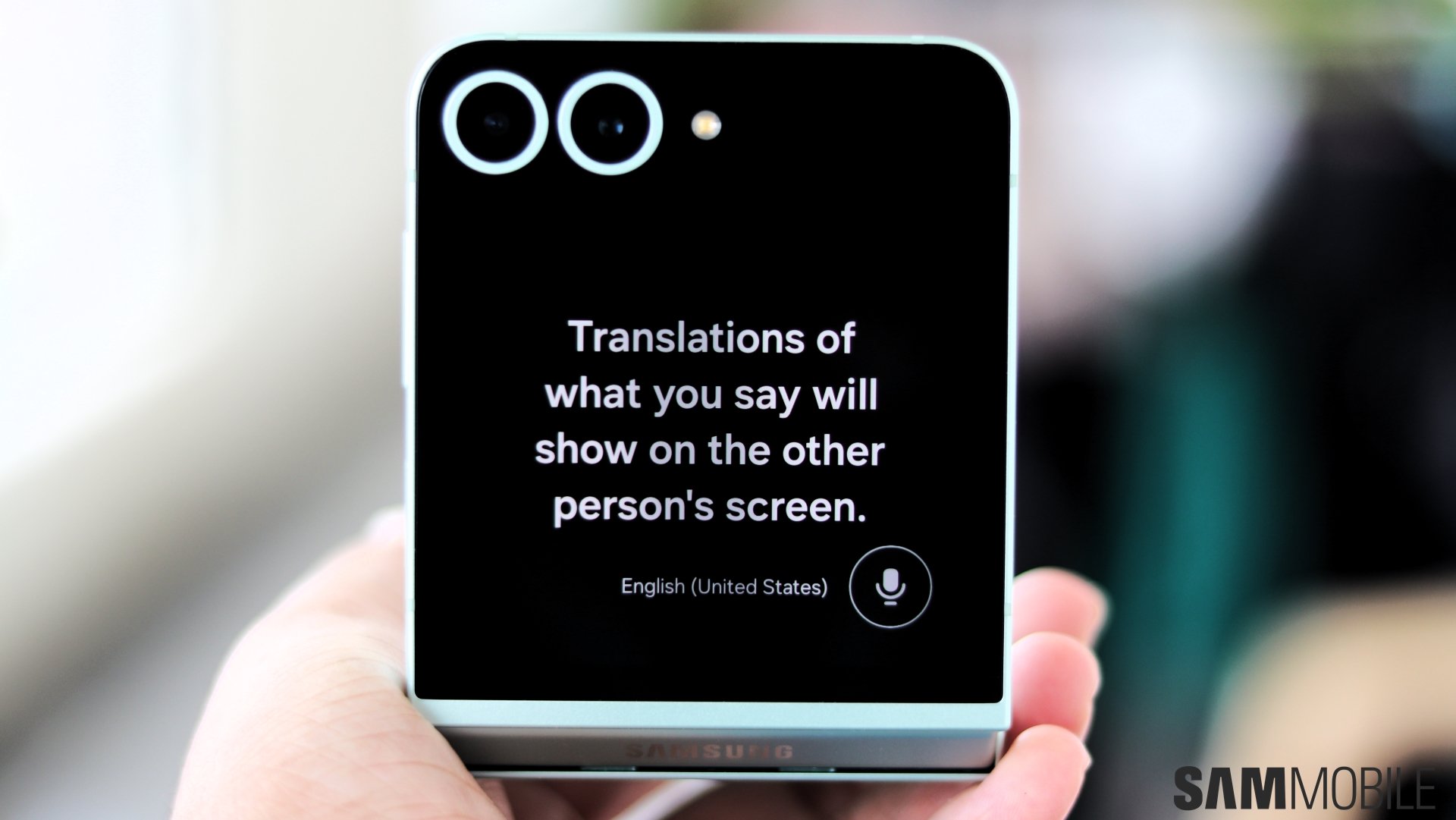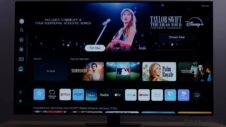Interpreter is one of the best Galaxy AI features for Samsung phone users who often travel to countries where they encounter language barriers. Granted, it is a niche feature, but it is one that some Galaxy phone users find extremely useful.
If you're unfamiliar with this tool, Interpreter leverages AI to allow Galaxy device owners to interact with people who don't speak their language. The Galaxy device owner only needs to launch Interpreter and pick two languages. The AI then translates dialogues in those two languages, one at a time.
Samsung first released Interpreter at the beginning of the year, and last month, the company updated this Galaxy AI feature specifically for foldable phones. Thanks to One UI 6.1.1 and the unique design of Samsung's foldable phones, Galaxy Z Fold 6 and Galaxy Z Flip 6 users can have an even more seamless experience thanks to the new dual-screen Interpreter mode.
As you've probably guessed, dual-screen Interpreter works more or less the same, except it uses both the internal and external screens of a foldable phone – one screen per language.
This next step in the evolution of Galaxy AI Interpreter is a welcome but not without faults. One downside is that the cameras point in the same direction as the cover screen. Even though Interpreter doesn't use the phone's camera in any capacity, Galaxy phone users will inadvertently keep their phone's external cameras pointed at people they don't know but want to communicate with.
As you can imagine, this can potentially create awkward situations. People, and especially strangers, don't usually feel comfortable when you point cameras at them.
So, we're thinking there might be an even better way to bring down language barriers using AI, even though it might require a bit of extra work on Samsung's part, or perhaps more accurately, Google's.
Next step: Dual-phone Galaxy AI Interpreter?
After mulling over the pros and cons of Interpreter, we're wondering if the next step in its evolution could be dual-phone support. How would it work?
Think of this as dual-screen Interpreter, but instead of having the AI translation tool running on two screens on the same device facing opposite sides, you have the same Interpreter instance running on two different Galaxy phones simultaneously. What one person speaks into their phone gets translated and voiced by the AI on the other connected phone and vice versa.
The story continues after the video
Ideally, we imagine this dual-phone Interpreter mode would allow two Galaxy phone users who don't know each other to safely and instantly create a connection between their phones by proximity and through a confirmation pop-up. The same pop-up could also inform users if they need the language pack selected by the other user on their phone.
Sure enough, a dual-phone mode wouldn't be without shortcomings. It would require each party to have a Galaxy phone with Galaxy AI, and both users would have to launch Interpreter and agree to touch their phones to create a temporary wireless connection. Plus, if one user is missing a language pack, they'd have to agree to download it.
But even with these downsides, we think dual-phone support could be a great addition to this AI-powered translation tool, and it might even become something that keeps some Galaxy phone users closer to the Samsung ecosystem. Would it be worth the development effort? That's for Samsung or even Google to determine, but we'd like to see it in action nonetheless.
It's worth noting that Samsung's Interpreter uses Google's Interpreter mode as a foundation, similar to how Circle to Search was based on Lens. Samsung may have its hands tied behind its back, with little say in what features its version of Interpreter can or can't get. Even the dual-screen mode arrived on the Galaxy Z6 series after Google made it available for the Pixel Fold first.







